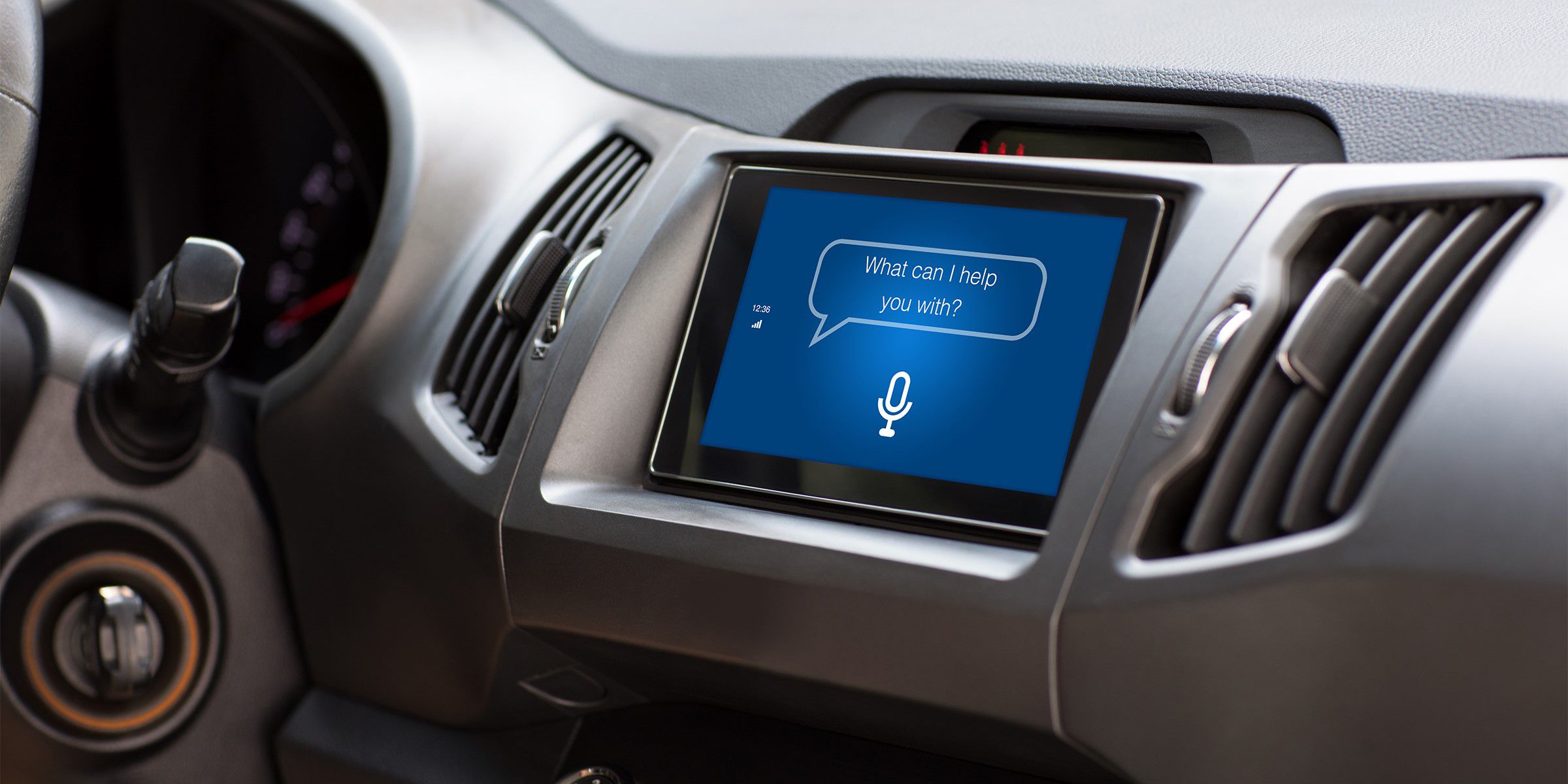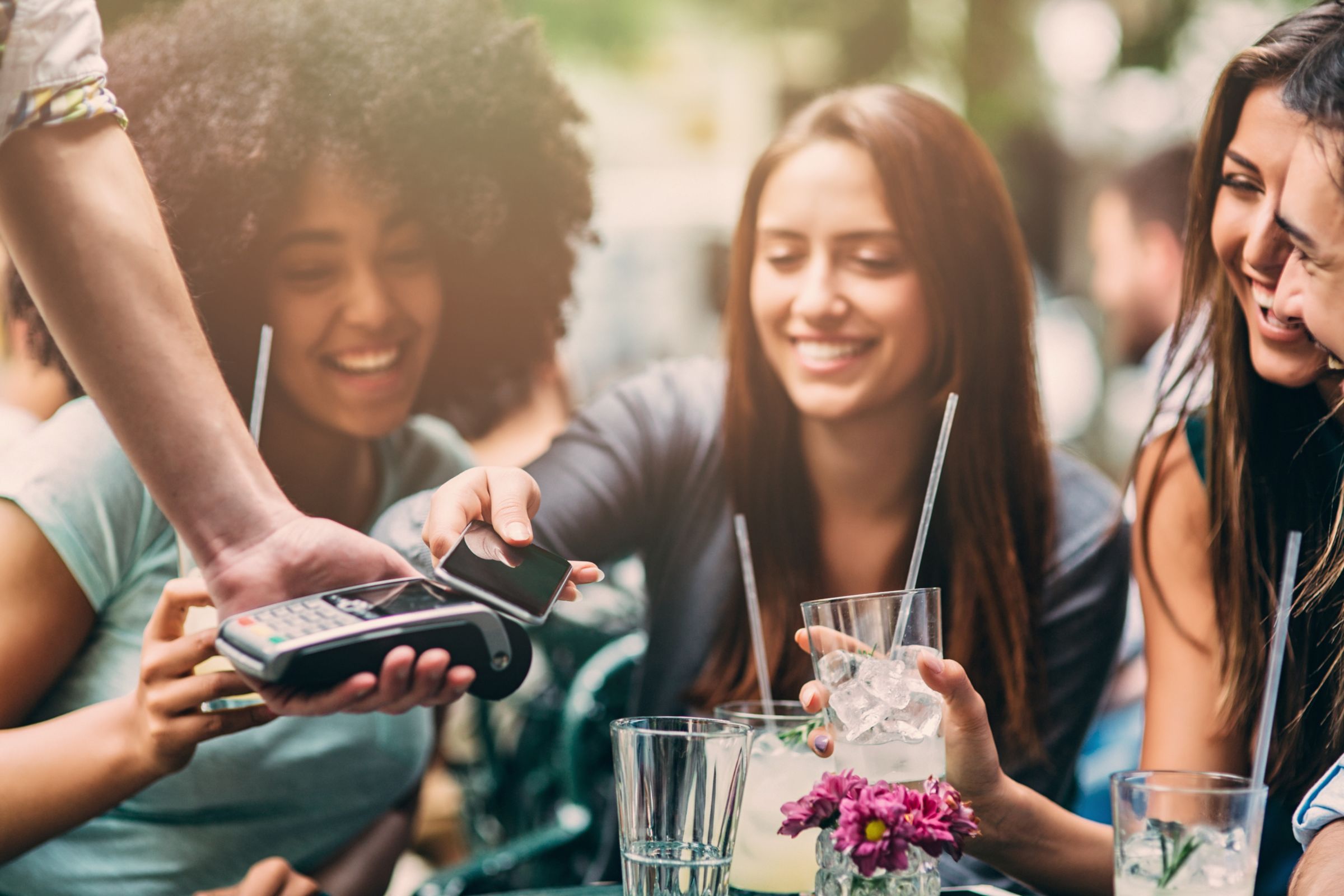

Making the Digital Commerce Connection
Evolving consumer expectations spark the next-generation marketplace
Today's consumers can use their phones to buy coffee in the morning, use their connected cars to pay for a car wash in the afternoon and digitally order concessions from their seats at a baseball game in the evening. Fueled by consumers' experiences and driven by evolving expectations, merchants are speeding into a digital-first world.
The road ahead offers ever-expanding possibilities to deepen engagement through channels that connect consumers to everyday digital commerce experiences.
In the early days of mobile payments, people often thought, "Isn't it just as easy for me to pull a card out of my wallet?" Over time, though, it became clear the true value for merchants and consumers goes well beyond the transaction. Mobile, the internet of things and other digital payment options enable a seamless customer experience and provide a rich stream of data that helps merchants continually enhance consumer engagement.
Think of it as the evolution of a consumer interaction commerce model, moving from the physical to e-commerce and then to an omnichannel environment, including online, point of sale and mobile apps.
Connected commerce through multiple devices is the next step. Consumers now can consistently transition across multiple channels to pay where and when they want, whether with Alexa at home, through their connected cars or on their phones. It's no longer a choice of paying on mobile, paying at the point of sale or paying online. It's a commerce experience that meets consumers wherever they go.
Connected commerce is the new driver of consumer expectations. During their daily routines, people want to interact seamlessly with merchants, and that expectation is sparking a host of cutting-edge engagement opportunities.
Here are three emerging use cases.
1. Connecting the Digital to the Physical World
Expect "Alexa, pay for gas" to become a common command.
Consumers with a car that has Alexa built in or an Alexa-enabled mobile device are able to use voice to confirm a gas station location, purchase fuel and activate the pump. The experience is frictionless, with the payment occurring securely on the back end through Amazon Pay.
To drive additional engagement, the merchant could send offers or promotions through that same digital connection. For instance, a consumer could pull into a gas station and take advantage of a pump topper with a credit card promotion offering 20 cents off per gallon. The consumer, in that moment, can apply for the card through the connected device, receive real-time virtual issuance into a digital wallet and apply the deal to that fuel purchase.
2. The Connected Car in a Connected Marketplace
The automotive industry's move toward fully connected vehicles is driving new partnerships throughout the market. The connected car is bringing together otherwise disparate merchants through commerce experiences. As more merchants see the value of those connected marketplaces, new ways to pay will become available to the consumer.
Here are two examples:
- Purchasing on the go: In-car navigation isn't new to consumers, but pairing it with order-ahead functionality can take navigation to a new level. Need to pick up a few groceries on the way home? Use the virtual assistant in the car to prompt navigation and then place the order while driving to the store
- New parts? No problem: Cars can be smart and connected, but they aren't flawless. Maintenance is a necessity. If coolant is low or the brakes are worn, the driver is likely to get an alert. With the touch of a button in a connected marketplace, the driver can visit the dealership's e-commerce site, buy a new part and have it delivered
The marketplace possibilities don't end there. It starts with what's immediately relevant to a connected car and then brings merchants, financial institutions and other partners into a unified connected-commerce experience for the consumer. As the marketplace gains new partners, network effects take over.
While the consumer expectation for connected commerce already exists, the realization of that expectation is only beginning to roll through the market. But it will speed up.
3. Connected Communities
Connected commerce holds the potential to create communities within larger populations.
Think about integrating a connected consumer experience through an app at a sporting event. First, the consumer goes online at home and buys a ticket loaded with stored value or tied to a digital wallet for further purchases.
It continues when the consumer arrives at the game in a connected car and uses that stored value to pay for parking through the car. The interaction goes further when buying apparel or ordering food or drinks at the game and potentially through the network of restaurants and retail shops that surround the newest sports venues. The entire commerce experience within that community of merchants occurs digitally and is embedded within the physical experience.
Through a single universal application, the consumer is not only connected to the game, but also to the many other commerce experiences that are part of a typical trip to a sports event.
Just the Beginning
While the consumer expectation for connected commerce already exists, the realization of that expectation is only beginning to roll through the market. But it will speed up.
Routine consumer experiences will soon be connected digitally, and those connections will keep reducing friction and time to market. As those marketplace capabilities mature, they will begin opening doors to what are nearly endless possibilities. And all of it can be targeted toward enhancing the consumer experience.


Universal Commerce
Create unique, frictionless consumer experiences across virtually all payment methods, channels, devices and partners - on a global scale.
Related Content
Drive More Commerce With Carat
Carat helps merchants create unified customer experiences across devices, channels and geographies. Through acceptance of local, global and emerging forms of payments, Carat offers more choices.